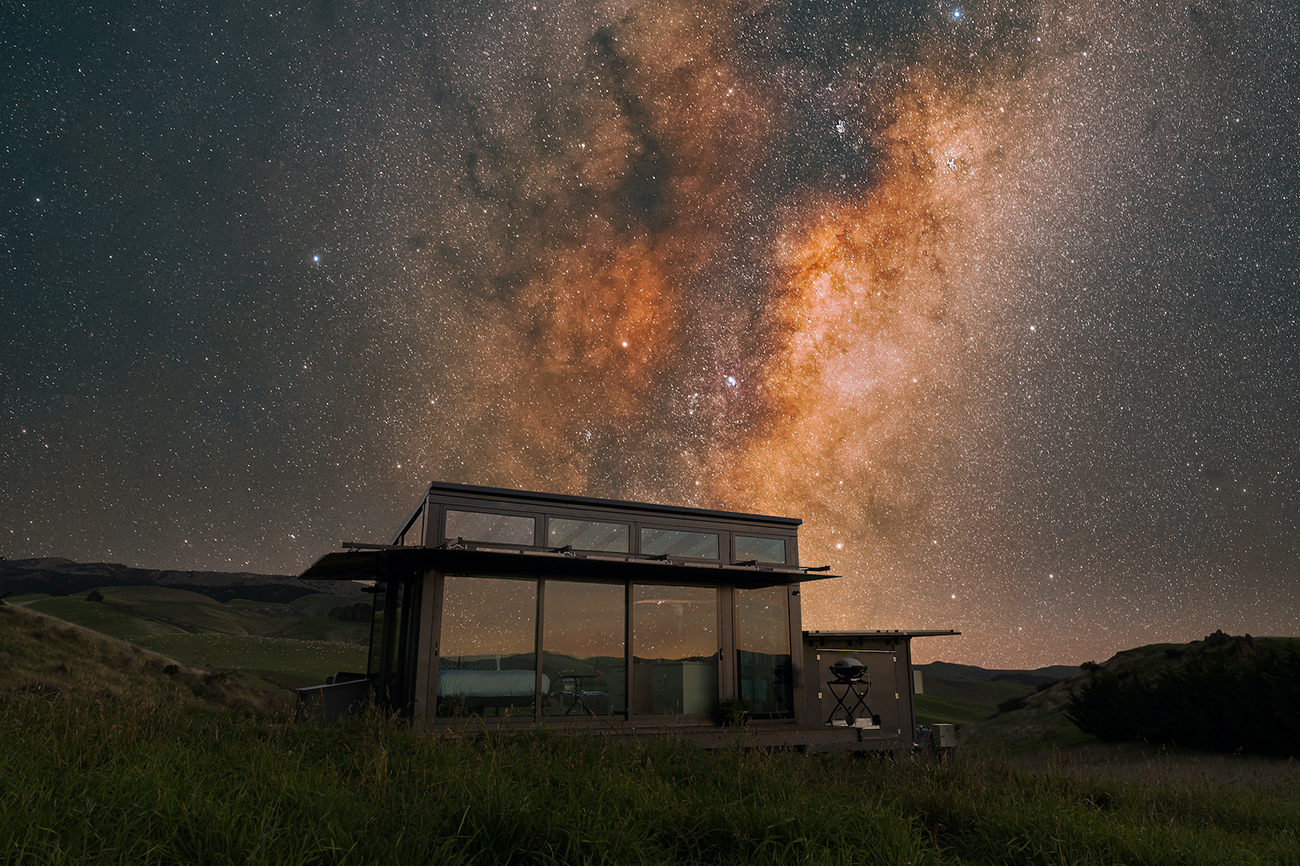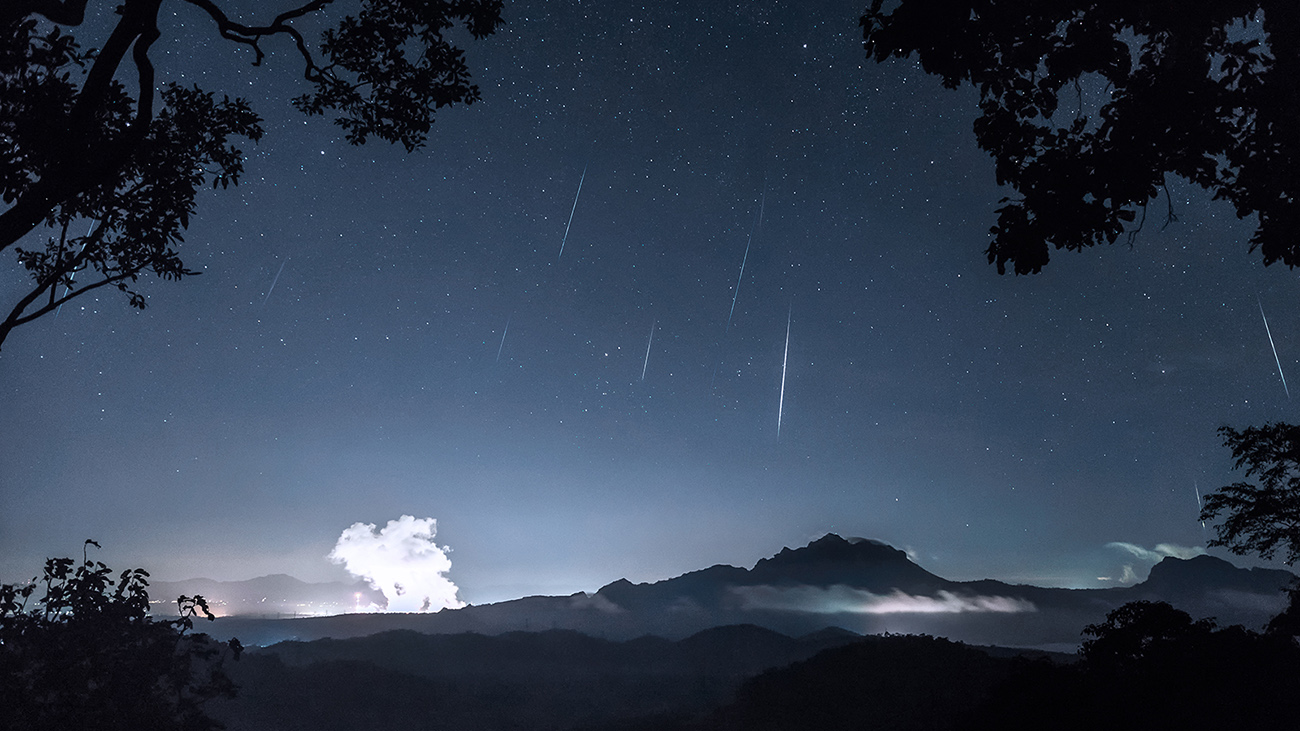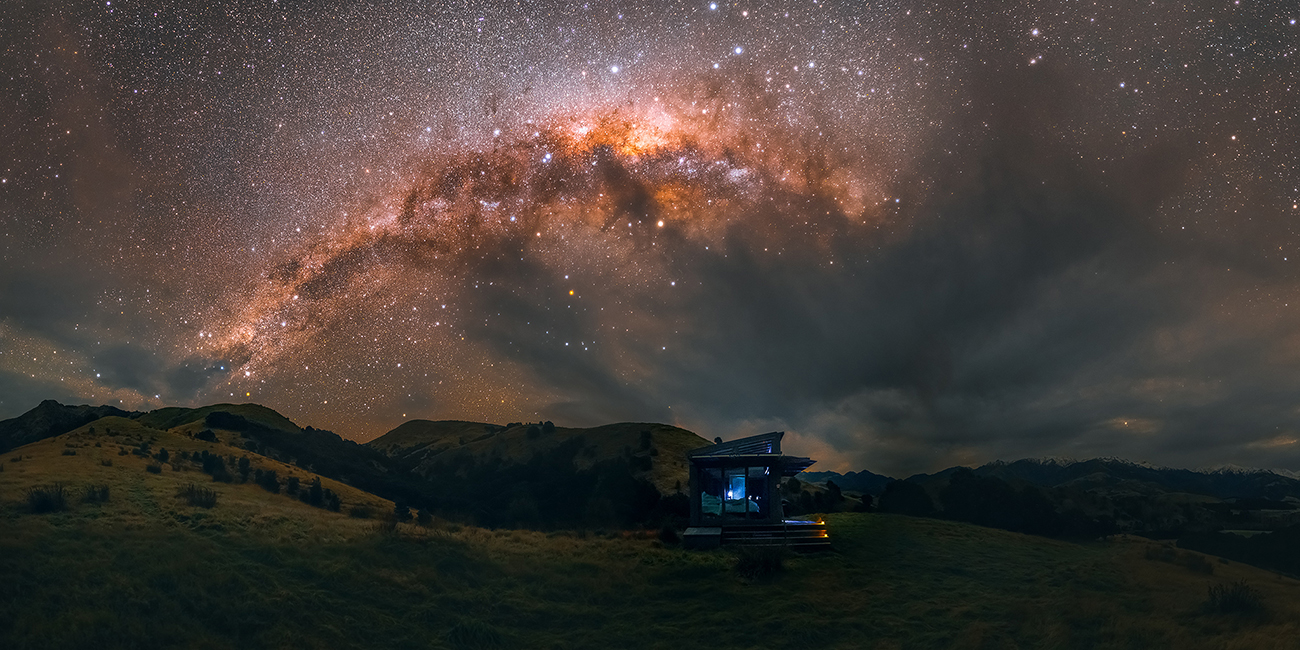
Photo: Paul Wilson / PurePods
Astro-tourism is on the rise, offering travellers of all ages a chance to swap screen time for starlight. Here’s how to plan a magical night under the cosmos on your next getaway.
We may have events like i Light Singapore and the Singapore Night Festival, but when it comes to illuminated spectacles, nothing beats the original: Mother Nature. Yet city lights on our island often dull the brilliance of the night sky.
That’s why a growing number of travellers are seeking “dark sky” destinations where stargazing takes centre stage. Far from being the domain of seasoned astronomers, astro-tourism is easy, fun, and accessible for families, couples, and solo explorers. From meteor showers to guided tours, here’s how to make your starry-eyed getaway a reality.

With so much of life spent on screens, looking up at the stars has become an intentional digital detox. Stargazing reconnects us with nature, slows us down, and gives perspective — suddenly, daily stresses seem small against the vast universe.
It’s also an immersive classroom. Seeing constellations and planets firsthand makes astronomy come alive, especially for kids. Add in cultural traditions, indigenous folklore, and ancient navigation techniques, and the night sky transforms into a rich tapestry of science and storytelling.
Because stargazing spots are usually away from big cities, they also promise serenity — perfect for bonding on a couple’s retreat or a family trip.

Not all nights are created equal. The clearest views come during the four to five nights of the new moon, when lunar light is lowest.
For extra magic, time your trip with celestial events. In late 2025, mark your calendars for:
These showers can be spotted from both hemispheres, though visibility varies by location, so check local forecasts for the best vantage points.
If you prefer lunar spectacles, look out for supermoons — when the Moon’s orbit brings it closest to Earth, making it appear larger and brighter than usual. Expect one each in October, November, and December, with the Beaver Moon on 5 November being the biggest. Just note that a supermoon’s brightness can make it harder to see fainter stars.

Remote destinations give the clearest skies, but you don’t always need a long-haul flight to enjoy them.
If you’re planning a longer trip, some of the world’s most spectacular dark sky destinations are worth the journey.
Tip: Check DarkSky International for accredited dark sky parks and reserves. But as a rule of thumb, rural stays, farm lodges, and resorts in nature reserves usually give you the best chance of a star-filled night.

Stargazing trips are more than lying on a mat. Since many spots are far-flung, add extra activities to make the journey even more rewarding.
The younger travellers will enjoy the starry spectacle, but why not spark their curiosity and imagination even more with the help of some interactive props and activities?
Kids will love the spectacle, but here’s how to make it even more engaging:

A little preparation can turn a good stargazing night into a great one.
Now that you have a clearer picture of when to go, where to look and how to prepare, all that’s left is to look up. The universe has already prepared the perfect show for your next getaway.
Like our stories? Subscribe to our Frontline Digital newsletters now! Simply download the HomeTeamNS Mobile App and update your communication preference to ‘Receive Digital Frontline Magazine’, through the App Settings.



